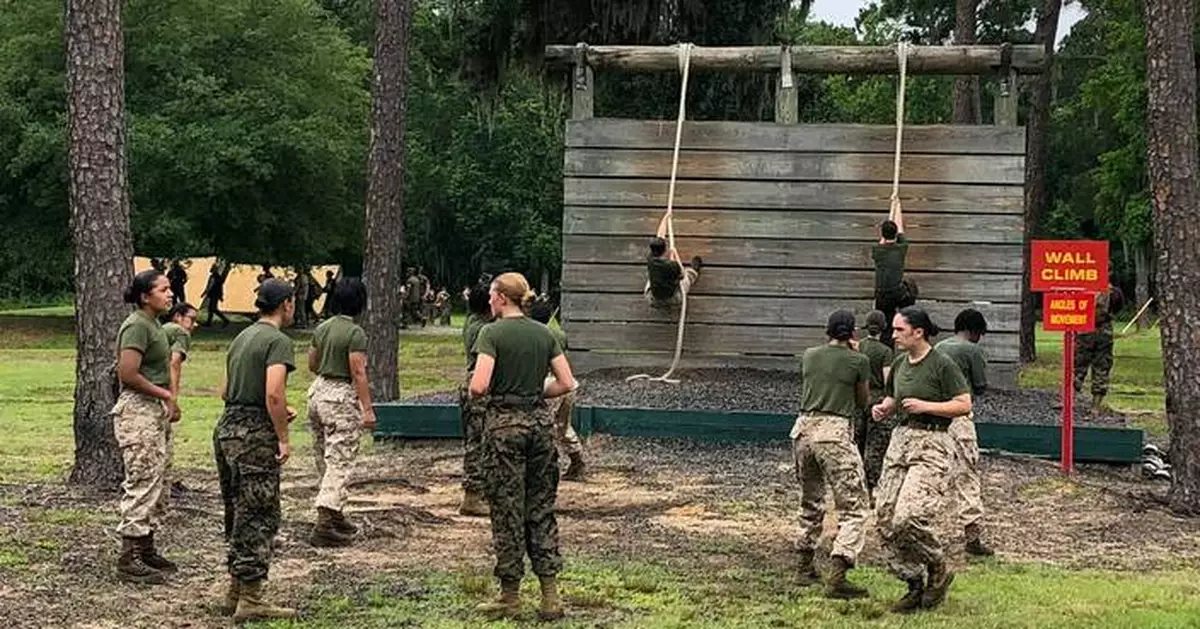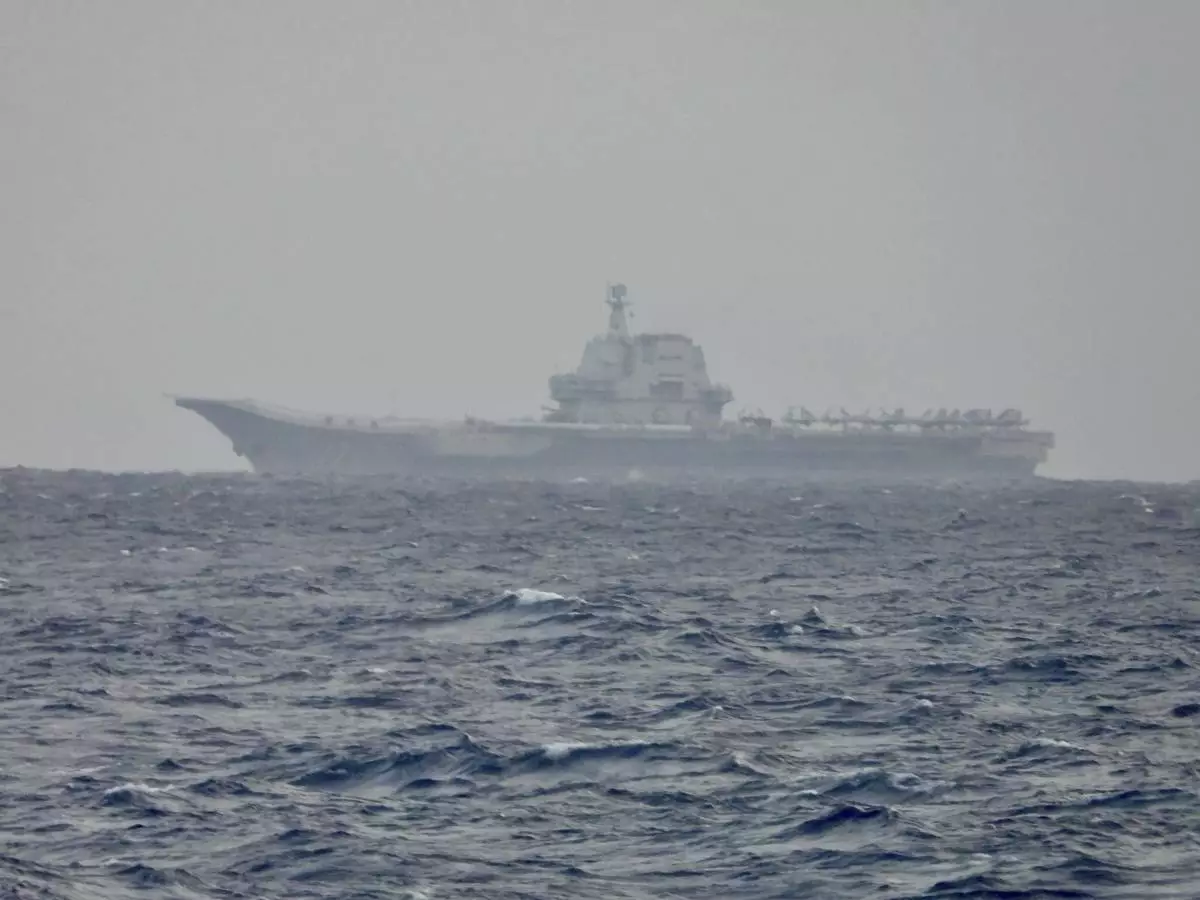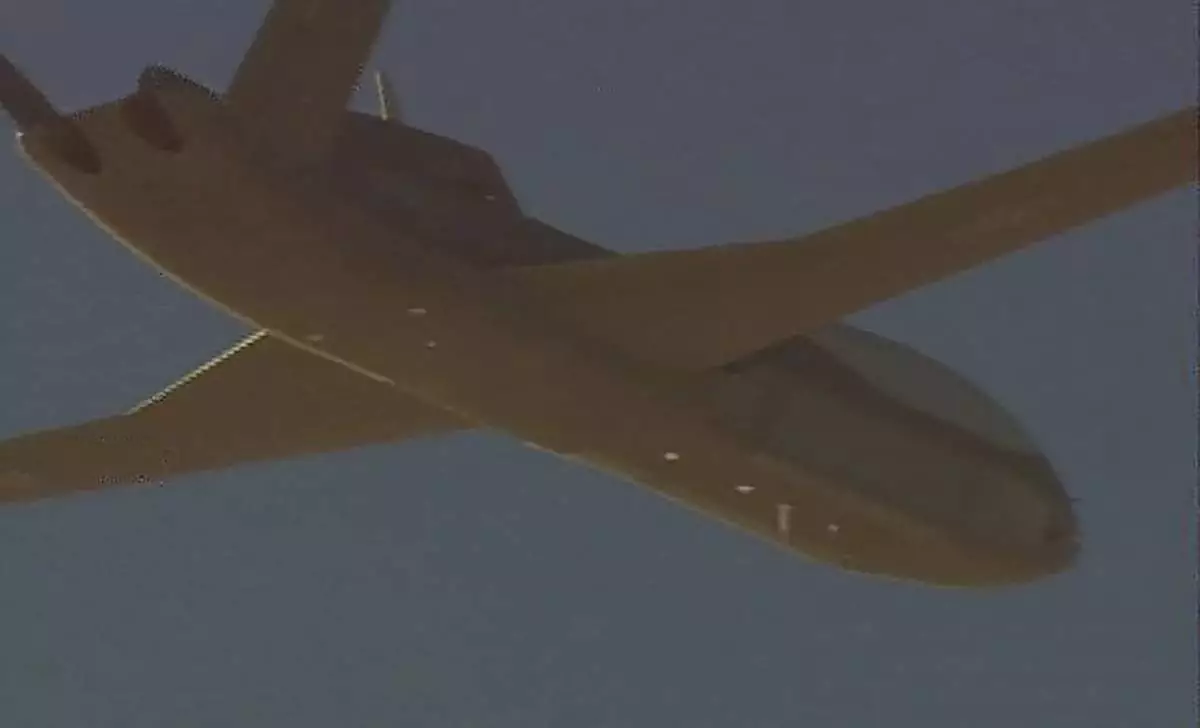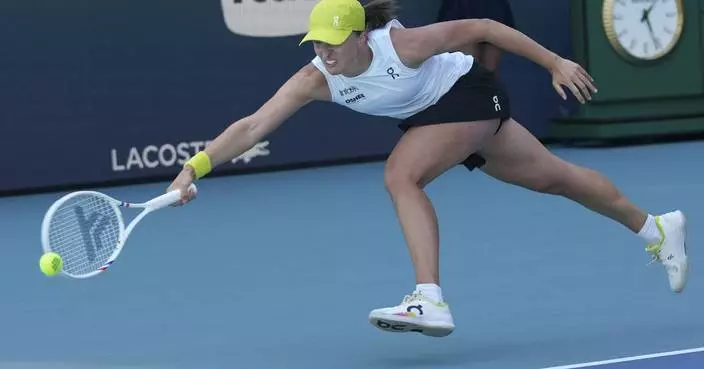WASHINGTON (AP) — The defense secretary's decision to review military standards on combat and physical fitness and appearance opens a Pandora’s box of widely differing rules among the services. And it will raise a crucial question: Should there be a cookie-cutter approach, or should service differences, evolving social norms and recruiting realities play a role in policy decisions?
Pete Hegseth has been very public about his opposition to women in combat jobs and his belief that standards were lowered to accommodate women, and he warned there would be reviews to address the issues. He is a staunch proponent of making all standards the same, regardless of gender, and military officials are braced for changes as reviews continue.
In a March 12 memo, Hegseth said the undersecretary for personnel must gather information on military standards “pertaining to physical fitness, body composition, and grooming, which includes but is not limited to beards.”
“We must remain vigilant in maintaining the standards that enable the men and women of our military to protect the American people and our homeland as the world’s most lethal and effective fighting force,” he wrote.
The effort is seen as a broadside against women serving on the front lines — which they have been doing successfully for years. Hegseth's memo calls for a review of how standards have changed and the impact of those shifts since Jan. 1, 2015 — the year the Defense Department opened all combat jobs to women.
And it raises questions about whether he wants to make all fitness tests the same for the services and make them all gender- and age-neutral or whether he will set minimum standards and allow the services to require more stringent requirements as desired.
Eliminating the current policy of scoring annual fitness tests based on age and gender could hurt retention and recruitment if troops are suddenly told to meet a new, dramatically harder requirement. Such changes are generally phased in over time.
Here's a look at the current standards.
The military has long had what is largely a two-part system for physical fitness standards:
Right now, the fitness tests are a hodgepodge.
Each service has basic tests that all service members must pass once or twice a year. For every service, the tests vary. Scoring is adjusted for gender and age. For example: A 20-year-old man must complete a run in a faster time than a woman or a 30-year-old man in order to receive the maximum score.
Fitness tests used to be simpler: a run, push-ups and sit-ups. They evolved over time and now can include options. For example, Air Force service members can do either a 1 1/2-mile run or a sprint. Other services will, at times, allow biking or rowing as a cardio substitute for the run; planks are now more widely used than sit-ups.
The Army and Marines have more extensive fitness tests.
The Army, in a major overhaul several years ago, expanded its fitness test to six events, including a dead lift, run, planks, push-ups, standing power throw and a combination sprint/drag/carry. The events were meant to mimic real-world military circumstances. An early plan to make that test gender and age neutral was scrapped after studies showed problems.
The Marine Corps has two tests a year. In the first half, Marines take a physical fitness test that includes a three-mile run, pull-ups and planks. In the second half of the year, they take a combat fitness test that includes an 880-meter run in combat boots, an ammo-can lift and an exercise that mimics troops’ maneuvers under fire.
The maneuver portion includes an obstacle course with a low crawl, high crawl and sprint, as well as dragging a person and using the fireman’s carry.
Specific military jobs like special operations, infantry, armor and pararescue jumping require different, higher-level physical — and often mental and psychological — tests, requirements and qualification courses.
Those standards require everyone to meet the same gender- and age-neutral requirements. For example, an Army soldier who wants to be a Green Beret or a sailor who wants to be a SEAL must pass those grueling months-long qualification courses.
Also, after the Pentagon allowed women to be in all combat jobs, the Army set specific fitness standards for each military occupation that are the same regardless of sex or age. Recruits who want to serve in an infantry or armor job must pass a specific physical assessment that has higher, more significant demands, in order to sign a contract for that specialty.
Over the years, a wide array of standards and requirements have been adjusted for reasons ranging from religious tolerance to recruiting and evolving societal trends.
In large part, they are driven by recruiting struggles and the need to woo those from a changing universe of American young people, including those with less academic schooling or people from states where marijuana is legal.
The Navy, for example, began in 2022 to enlist more recruits who score very low on the Armed Services Qualification Test. That was to help meet recruiting goals. A year later, it began to bring in people who didn’t graduate from high school or get a GED. Both were shifts that the other services have largely avoided. The Navy argued that it needed those lower-scoring recruits to fill jobs that involve intense manual labor.
Hegseth has said little about that type of standard and has focused on physical rather than mental fitness.
In addition, several services have changed policies on hair and beards. They now allow different buns and ponytails for women, and beards in certain circumstances for either medical or religious reasons. And most of the services have relaxed policies on marijuana in recent years.
Similarly, they have all loosened restrictions on the size and placement of tattoos, opening the door to full-sleeve tattoos. Most now allow small ones on the neck or finger.
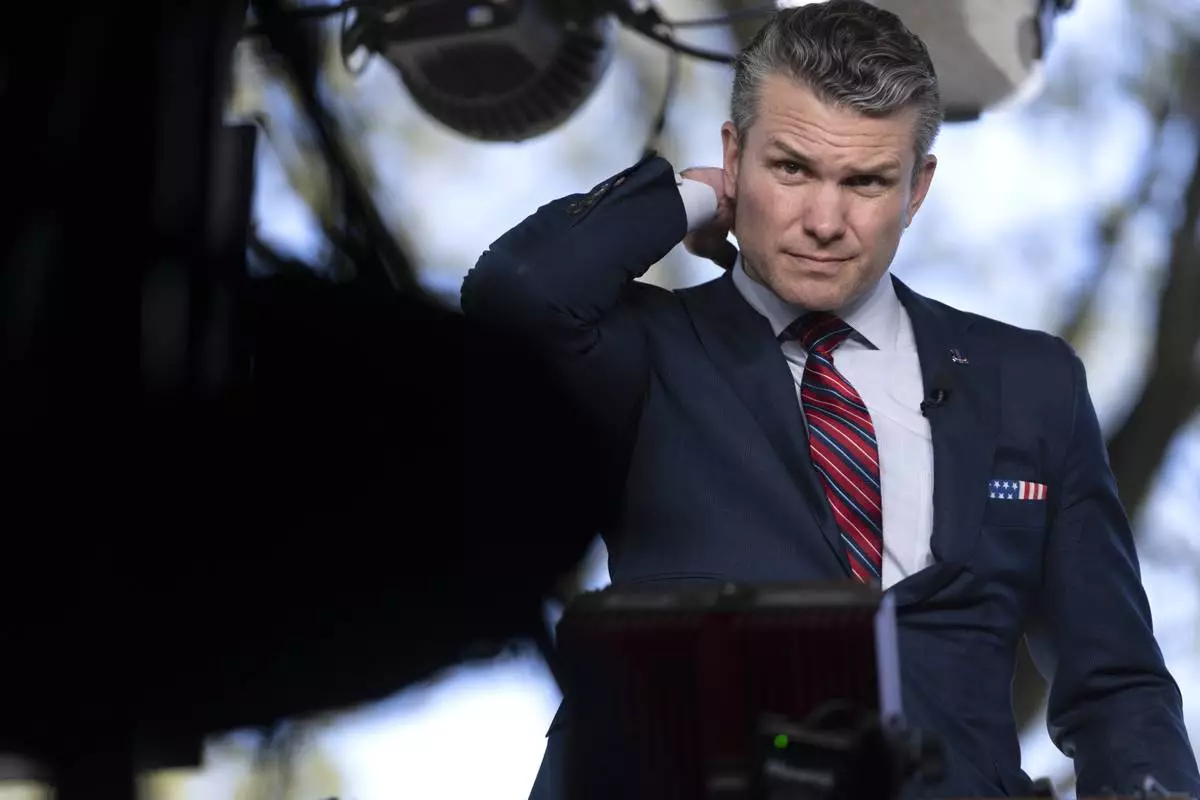
Defense Secretary Pete Hegseth prepares to give a television interview outside the White House, Friday, March 21, 2025, in Washington. (AP Photo/Mark Schiefelbein)
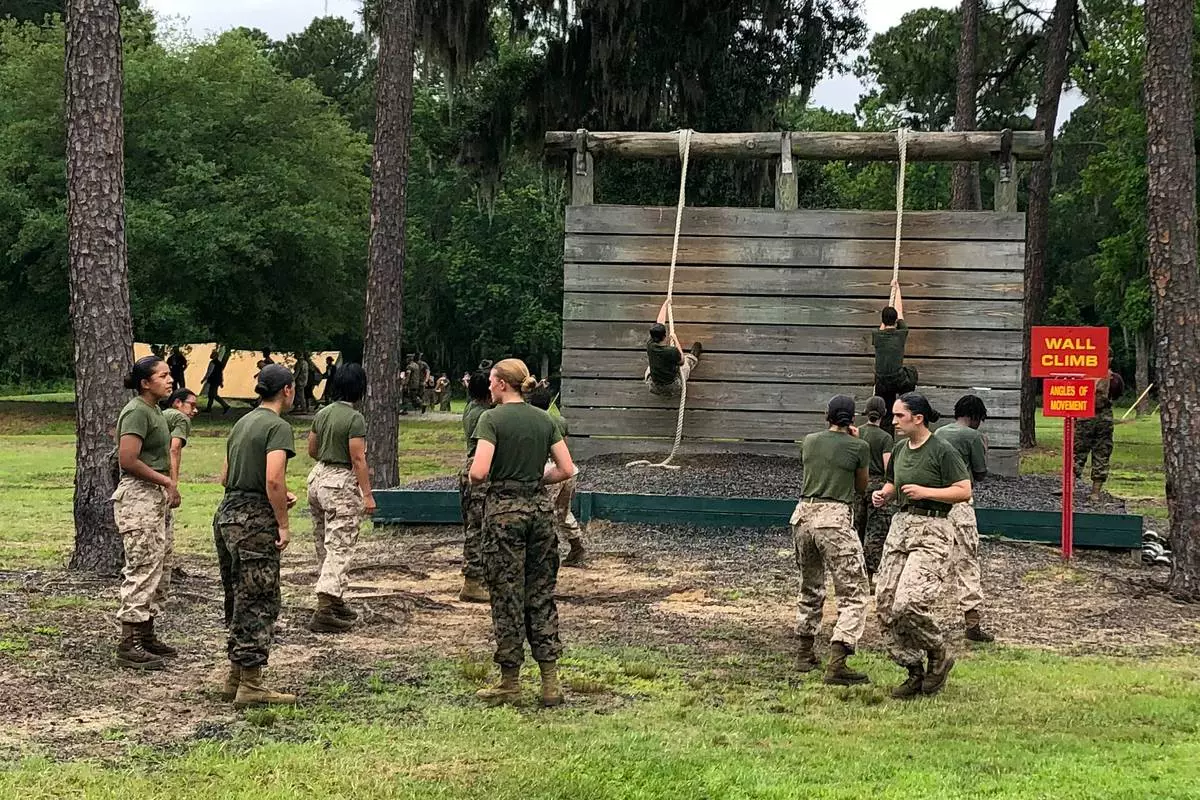
FILE - Female Marines go through one of the obstacles in the so-called confidence course at Parris Island Recruit Depot, S.,C., on May 27, 2020. (AP Photo/Lolita Baldor, File)


